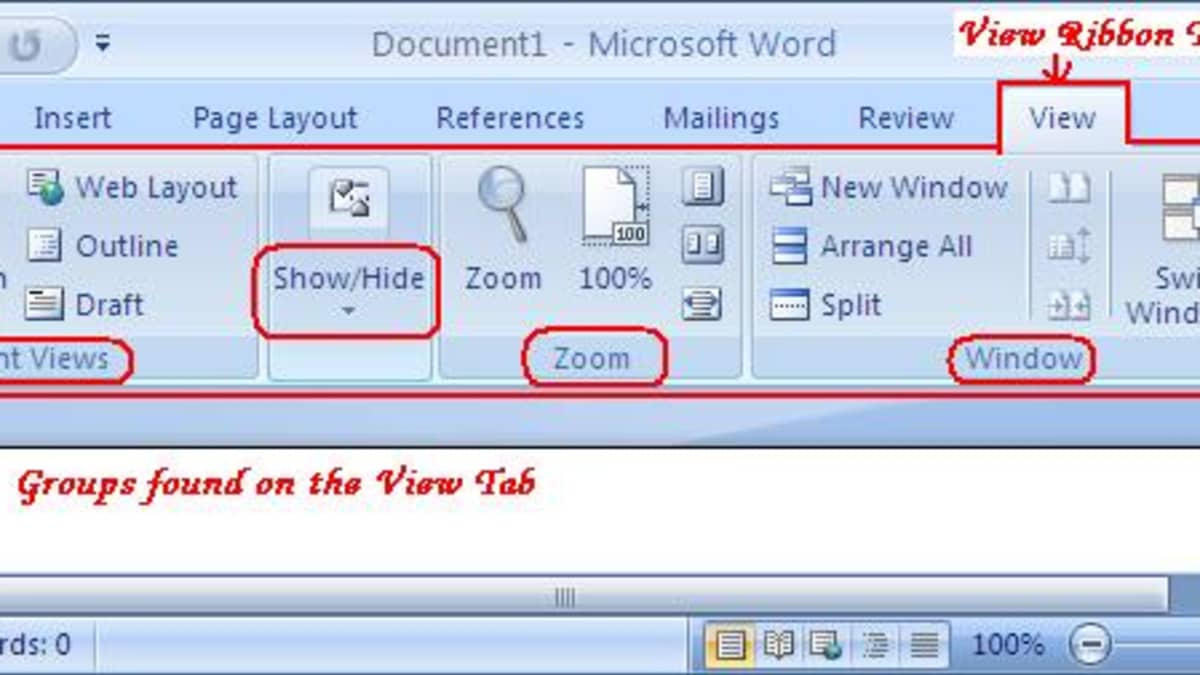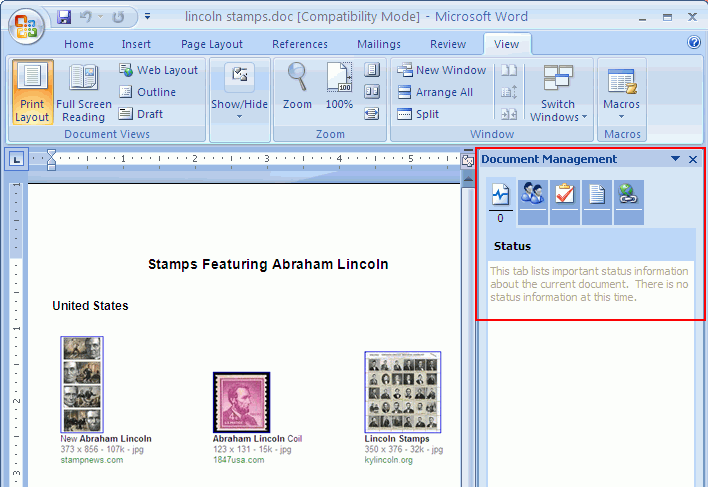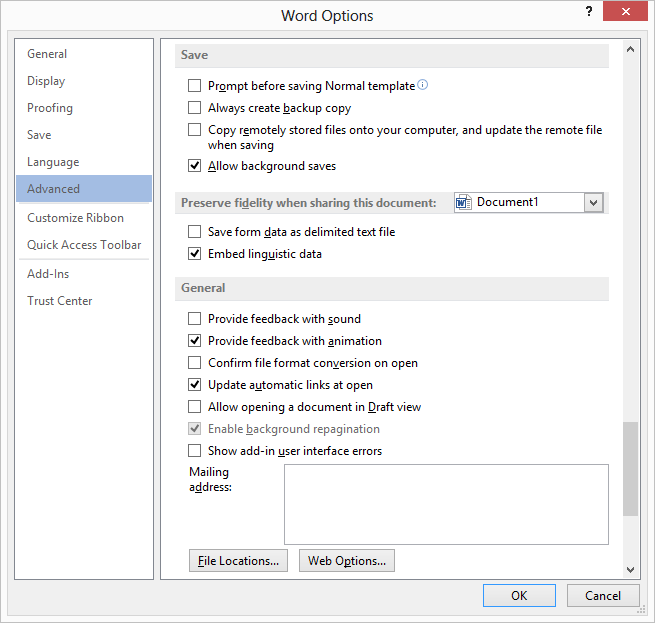

It is not unusual for people, these days, to bypass using Normal view and instead using Print Layout view. The purpose of the Wrap to Window setting was to allow even more information to appear on-screen, since WYSIWYG wasn't being paid attention to in Normal view anyway. The point is to release computer resources to facilitate doing the work of entering and editing content. Likewise, graphics objects are not displayed. In this view, Word does not worry about line breaks, margins and page breaks in the same manner as in the Print Layout view. The original intent of Normal view was to speed up work by foregoing an exact WYSIWYG format.

The need for this feature is rooted in history.

If the check box is cleared, then the margins are minded and the text wraps where you expect it to wrap. This only affects what you see on the screen it does not affect any printouts. This check box, when selected, makes the text in Normal and Outline views extend the full width of the document window, without regard to where the margin is set. Look for the check box labeled Wrap to Window. You can control this feature by displaying the View tab of the Options dialog box (Tools | Options | View tab). It is a "feature" of Word that has been available for many, many years. The problem being described by Dave isn't really a problem. In Word 2003, the text extended past the right margin (as shown on the Ruler) and only wraps when the right side of the document window is reached. In Word 2000, Dave's text would wrap at the right margin, as it was shown on the Ruler. Dave recently upgraded from Word 2000 to Word 2003, and noticed that the text displayed in Normal view wraps on the screen differently than it used to.


 0 kommentar(er)
0 kommentar(er)
